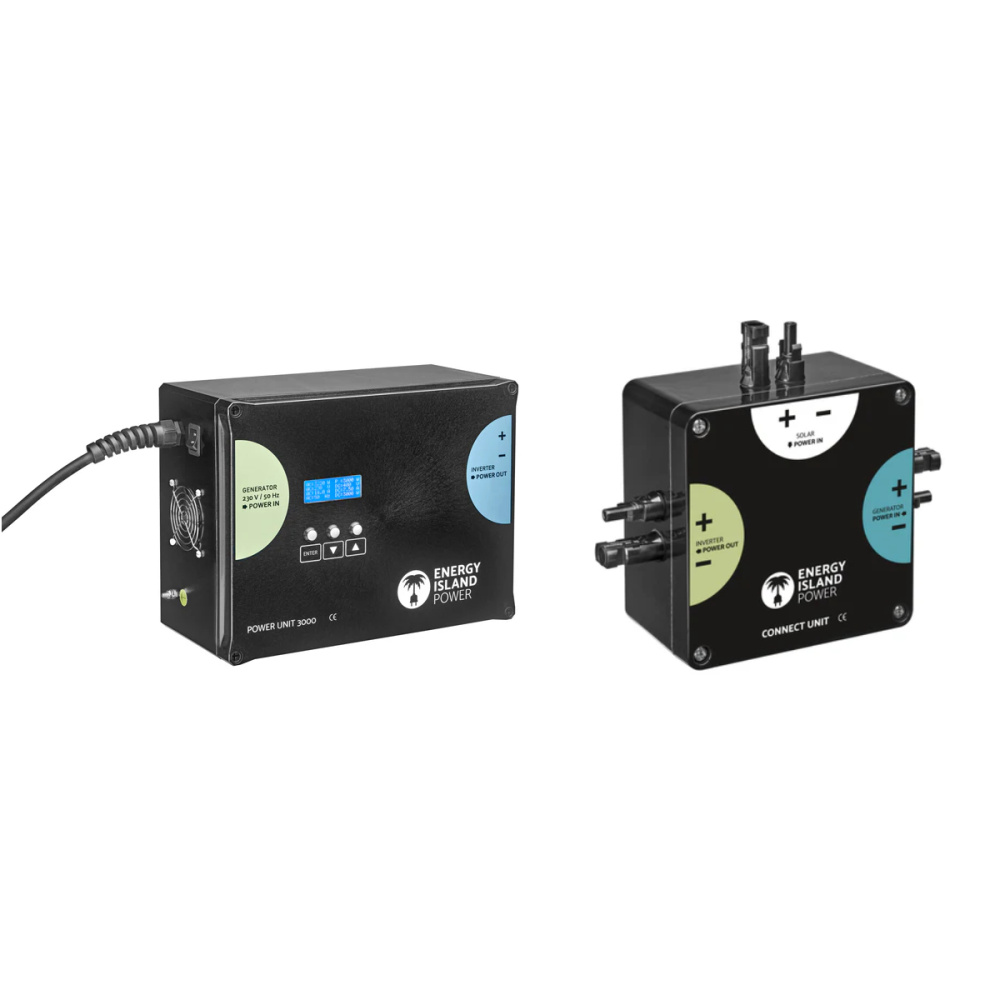German startup launches bidirectional charging kit for EVs

After a sunny winter day, an electric vehicle and home battery may be fully charged. However, overnight, the storage capacity in the house decreases, forcing the operator to draw power from the grid despite unused solar energy. Many EV owners seek bidirectional charging, or vehicle-to-home (V2H), but it has not yet become standard.
Today, many EVs can connect to small appliances, such as a vacuum cleaner or camping stove, via a 230 V socket. Homeowners can also purchase a vehicle-to-load (V2L) adapter to recharge their home battery.
To address this, German startup Energy Island Power developed a connection kit that allows the solar inverter to serve as an input to the home grid, requiring synchronization with the grid. Without the kit, synchronization is not possible when connecting the vehicle via a plug.
In the proposed system, the vehicle or other 230V generator connects to the company’s Power Unit 3000. This unit rectifies and converts the current to create current-voltage (IV) characteristics similar to those of a PV system. The inverter then feeds the power into the home grid or storage system as either single-phase or three-phase alternating current. Inverters with emergency power capability can use the vehicle to bridge extended power outages.
If the inverter has a free direct current (DC) input, the Power Unit can be plugged in. If all inputs are occupied, a Connect Unit is added between them, connecting the solar string on one side and the Power Unit on the other. The system uses MC4 solar connectors and can provide up to 3,000 W of power.
The system’s intelligence comes from a control unit placed between the vehicle and power unit, allowing connection depending on the charge level of the home storage system. When the level drops below a specified threshold, the vehicle provides power until the storage system is replenished. The control unit comes in two versions.
The energy storage and retrieval process entails losses. Nils Varchmin of Energy Island Power estimates a 20% loss from the solar inverter to the vehicle and back. However, the solution is easy to install without modifications to the home system.
After extensive lab testing, the solution will launch in the second quarter and will be available for purchase on the company’s website. The cost-effectiveness of the connection kit will depend on the price announced for the end customer and the amount of electricity typically drawn from the vehicle.